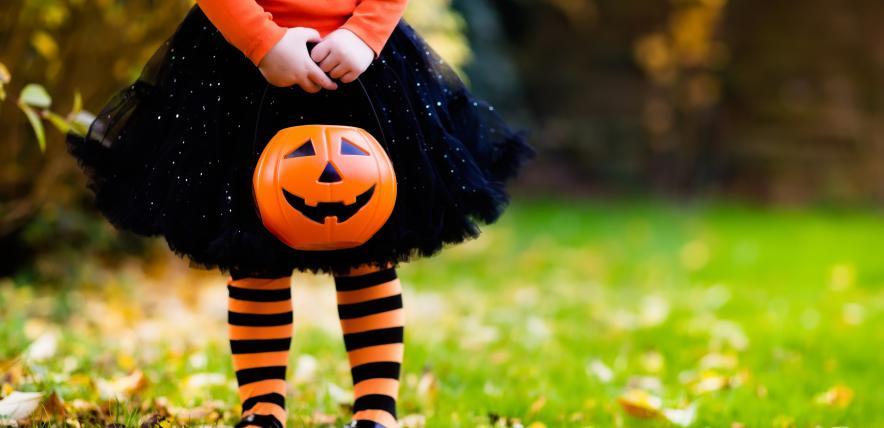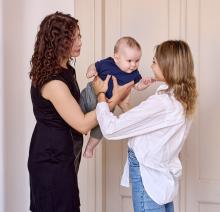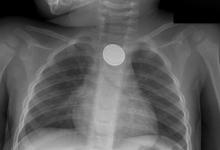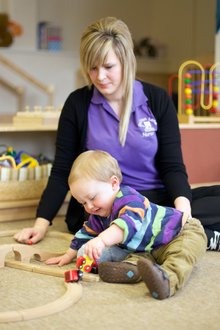Events such as Halloween, Easter and Christmas are increasingly ‘big business’ for retailers who want every opportunity to boost sales.
At this time of year, costumes aimed at all ages are readily available on the high street and online, as families with young children prepare to take part in Halloween.
One supermarket markets their costumes as ‘terrifyingly good value’… and this is the problem, they are quite literally ‘terrifying’ because if exposed to a naked flame, such as a candle in a lantern on a doorstep, or a stray spark from a bonfire, they will catch fire.
Astoundingly children’s dressing up costumes are marketed as toys and do not have to meet the rigorous safety standards imposed on children’s clothing.
In 1985 mandatory Nightwear (Safety) Regulations were introduced to control the fire safety performance of nightwear, following many horrific cases of children being badly burned when their nightwear was accidently set alight by an open flame.
As a result, rigorous UK and European flammability performance safety standards were introduced to control the safety of fabrics used in nightwear and to raise public awareness of the dangers. The number of fire-related accidents involving children’s nightwear has considerably reduced since.
Recognise dangerous dressing-up designs
Meanwhile, the design of many dressing-up costumes means they are made from cheap materials, usually 100% polyester which is considered to be slightly safer than some other fabrics, but is still flammable.
The costumes are generally loose fitting, and contain lots of open weave netting with trailing ribbons and trims — all of which contributes to their combustibility. Add to this the fact that they are worn when lanterns, candles and bonfires are key components of the celebrations, by young children who are excited and less aware of their personal safety, and they become a clear danger.
In 2014 TV presenter Claudia Winkleman’s eight-year-old daughter was seriously burned when her supermarket-bought Halloween costume caught fire in just such circumstances.
At the time, there was a lot of publicity highlighting the dangers of children’s costumes with calls from organisations such as The Royal Society for the Prevention of Accidents (RoSPA) and the Chief Fire Officers Association (CFOA) for legislation requiring fancy dress costumes to meet the same safety standards as children’s nightclothes. But costumes such as these are still cheaply and readily available.
They are usually labelled ‘Keep away from fire and naked flames’ but profit is prioritised above child safety and this can never be acceptable.
Unfortunately, the development of a new safety standard will take time.
With this in mind, the British Retailers Consortium has worked in partnership with other relevant bodies including a group of retailers, to put together a Voluntary Code of Practice for retailers to improve the safety of children’s dressing up clothing.
What can parents do?
It is clear that existing safety standards don't go far enough. Anything that affects the safety of children requires a partnership between the government, retailers and parents — but parents can only take action to protect their children if they are fully aware of the dangers in the first place!
- Have a look through your dressing up box to see if it contains clothes that have undergone additional safety testing.
- Only buy from retailers that comply with the Voluntary Code (they should display this information in store).
- Avoid dressing up wigs as they are often not covered by any safety regulations.
- Don't use candles – use LED candles with the correct kite mark.
- Practice a ‘stop, drop and roll’ technique with children. Manchester Fire Brigade have produced this short safety video.
- Try making a costume using old children's clothes which already meet the stricter children’s clothing standards.
Nobody wants to spoil the fun at this time of year, but we must not be complacent. It can never be acceptable for another child to be burned (or worse) to bring this issue back to public attention.
We must acknowledge the danger and learn from past accidents.
Written for the Early Years Alliance by Melanie Pilcher, Policy and Standards Manager at the Alliance.
This is an updated version of a Halloween blog post that first appeared on Family Corner in October 2016.








